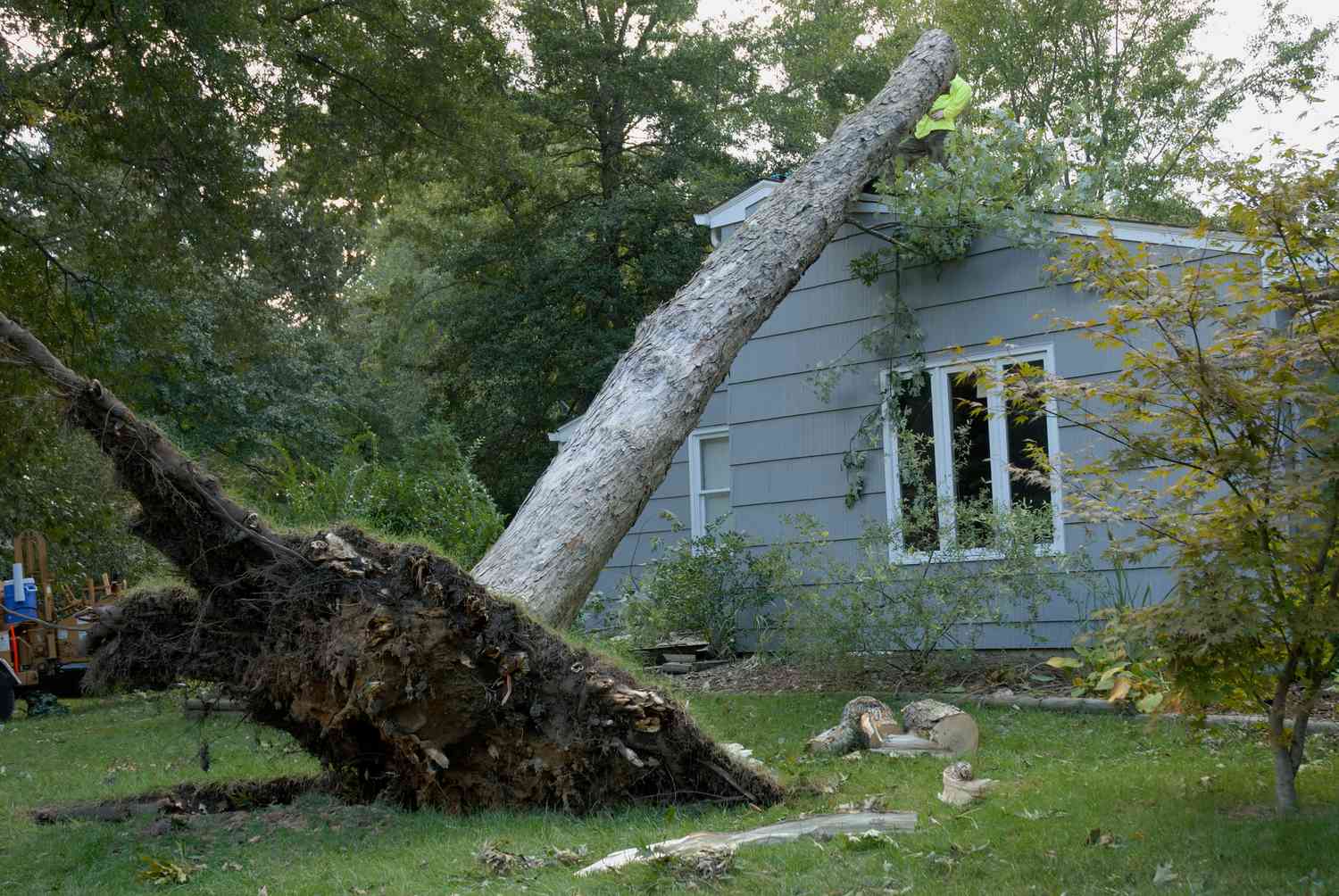

Finance
What Does USPS Insurance Cover?
Modified: February 21, 2024
Learn what USPS insurance covers and how it safeguards your valuable shipments. Protect your finances with USPS insurance for peace of mind.
(Many of the links in this article redirect to a specific reviewed product. Your purchase of these products through affiliate links helps to generate commission for LiveWell, at no extra cost. Learn more)
Table of Contents
Introduction
When it comes to shipping items, it’s important to ensure that they are protected throughout the journey. Accidents and mishaps can happen, and the last thing you want is to bear the financial burden of lost or damaged goods. That’s where USPS insurance comes in. The United States Postal Service offers insurance options to provide peace of mind to both senders and recipients. But what exactly does USPS insurance cover?
USPS insurance is designed to protect shipped items against loss, damage, or theft. Whether you’re sending a valuable package or simply want to have confidence in the safety of your shipment, USPS insurance offers a layer of protection. This article will delve into the types of USPS insurance, coverage limits, restricted items, filing a claim, and additional services that can enhance the shipping experience.
It’s worth noting that USPS insurance is optional and requires an additional fee. While packages are generally handled with care and most shipments arrive at their destination without any issues, accidents can occur. Opting for USPS insurance provides financial coverage in case the unexpected happens.
Before diving into the details, it’s important to understand that USPS insurance coverage is not the same as package tracking. Tracking allows you to monitor the progress of your shipment as it moves through the postal system, while insurance offers protection in case of loss or damage. Therefore, it’s recommended to use both tracking and insurance to have a comprehensive overview of your shipment’s journey and ensure its safe arrival.
Now that we have a brief overview, let’s explore the different types of USPS insurance available and what they cover.
Types of USPS Insurance
USPS offers several types of insurance options to suit different shipping needs. The available types of USPS insurance coverage include:
- Priority Mail Insurance: This type of insurance is specifically designed for Priority Mail shipments. It provides coverage for loss, damage, or missing contents of a package. The coverage amount varies based on the declared value of the shipment.
- Priority Mail Express Insurance: Priority Mail Express is USPS’s fastest domestic shipping service, and it comes with built-in insurance. This insurance includes coverage for loss, damage, or missing contents of a package. The coverage amount is based on the declared value.
- First-Class Mail Insurance: First-Class Mail is an economical option for lightweight shipments. While it does not come with built-in insurance, you can purchase additional insurance to protect your items against loss or damage.
- Media Mail Insurance: Media Mail is a cost-effective option for shipping educational materials. While it does not include insurance by default, you have the option to purchase additional insurance for added protection.
- Registered Mail: Registered Mail is a service that provides a high level of security and protection for valuable shipments. It includes insurance coverage up to $50,000 for loss, damage, or theft.
Each type of USPS insurance comes with its own coverage limits and requirements. It’s important to carefully consider the value and nature of your shipment to determine the appropriate insurance option.
Next, let’s delve into the coverage limits for USPS insurance and what they mean for your shipments.
Coverage Limits
When it comes to USPS insurance, there are coverage limits that determine the maximum amount you can claim in the event of loss or damage. These limits vary depending on the type of insurance you choose and the declared value of your shipment. It’s important to understand these limits to ensure that your items are adequately covered.
Here are the coverage limits for each type of USPS insurance:
- Priority Mail Insurance: The coverage limit for Priority Mail insurance ranges from $50 to $5,000, depending on the declared value of the package. You can purchase additional insurance for higher valued items.
- Priority Mail Express Insurance: Priority Mail Express insurance also has coverage limits that depend on the declared value. The maximum coverage limit is $100 for domestic shipments.
- First-Class Mail Insurance: For First-Class Mail insurance, the coverage limit is based on the declared value of the package. The maximum amount is $5,000.
- Media Mail Insurance: Media Mail insurance follows the same coverage limit as First-Class Mail insurance, with a maximum of $5,000 based on the declared value.
- Registered Mail: Registered Mail offers the highest coverage limit among USPS insurance options. It provides coverage for shipments valued up to $50,000.
It’s important to note that USPS insurance coverage does not include reimbursement for items with sentimental or intrinsic value. Additionally, coverage for certain valuable items such as jewelry and coins may have specific limitations. For high-value shipments, it may be advisable to consider additional insurance coverage or alternative shipping methods.
Now that we have covered the coverage limits, let’s explore the restrictions on items that can be insured through USPS.
Restricted Items
While USPS insurance provides coverage for a wide range of items, there are certain restrictions on what can be insured. It’s important to be aware of these restrictions to ensure that your shipments comply with USPS guidelines.
Here are some common items that are generally not eligible for USPS insurance:
- Restricted or prohibited items: USPS insurance does not cover items that are illegal, hazardous, or prohibited to be shipped by USPS. This includes firearms, explosives, drugs, and perishable items.
- Intangible items: Items that are not physical, such as digital content, gift cards, or tickets, are typically not eligible for USPS insurance.
- Items with unique value: USPS insurance does not cover items with sentimental or intrinsic value, such as family heirlooms, antiques, or collectibles.
- Fragile items: While USPS does provide insurance for fragile items, it’s important to properly package them to ensure they are protected during transit. Improper packaging may void the insurance coverage.
It’s crucial to review USPS guidelines and restrictions to understand what can and cannot be insured. If you are unsure about the eligibility of a specific item, it’s recommended to reach out to USPS or consult with a postal service representative.
Now that we have covered the restrictions on insured items, let’s move on to the process of filing a claim with USPS insurance.
Filing a Claim
In the unfortunate event that your insured package is lost, damaged, or missing contents, you may need to file a claim with USPS to seek reimbursement. Filing a claim allows you to recover the declared value of the shipment, up to the coverage limit provided by the specific type of USPS insurance you have purchased.
Here are the steps to follow when filing a claim:
- Collect necessary documentation: Before filing a claim, gather all relevant documentation, including the USPS tracking number, photographs of the damaged item and packaging, purchase receipts or invoices, and any other supporting evidence.
- File the claim online or through the mail: Visit the USPS website or contact your local post office to initiate the claims process. Provide all required information, including the package details, insurance information, and documentation.
- Wait for the claim assessment: USPS will review your claim and may request additional information or documentation if necessary. It’s important to be patient during this process, as it can take several weeks for the claim to be fully assessed.
- Receive reimbursement: If your claim is approved, USPS will reimburse you for the declared value of the shipment, up to the coverage limit. The reimbursement may be in the form of a refund or credit, depending on the specific circumstances.
It’s important to note that USPS may require you to retain the damaged item and packaging until the claim is resolved. They may also conduct their own investigation or request an inspection of the damaged package if necessary.
Remember to file your claim within the specified timeframe, as USPS typically has a time limit for claim submission. Be thorough and provide accurate information and documentation to expedite the claims process.
Now that we have covered the process of filing a claim, let’s explore additional services offered by USPS to enhance the shipping experience.
Additional Services
In addition to USPS insurance, the United States Postal Service offers various additional services that can enhance the shipping experience and provide extra convenience and security. These services can be beneficial for both senders and recipients, depending on their specific needs.
Here are some notable additional services offered by USPS:
- Signature Confirmation: With signature confirmation, USPS requires the recipient to sign for the delivery of the package. This provides an extra level of security and ensures that the package is received by the intended recipient.
- Delivery Instructions: USPS allows senders to provide specific delivery instructions for packages. This can include requesting delivery to a specific location, such as a front porch or a neighbor’s house, or rescheduling delivery for a convenient time.
- Registered Mail: As mentioned earlier, Registered Mail is a service that provides a high level of security for valuable shipments. It includes locked transport and chain-of-custody tracking, offering added protection for sensitive or valuable items.
- Insurance for International Shipments: USPS also offers insurance coverage for international shipments. This can provide peace of mind when sending packages overseas, protecting them against loss or damage during transit.
- Package Intercept: USPS’s package intercept service allows senders to redirect a domestic shipment that hasn’t been delivered or released for delivery. This service can be useful if you need to change the delivery address or return the package to the sender.
These additional services are optional and may incur an extra fee. It’s important to consider your specific needs and the value of your shipment when deciding which services to utilize.
By taking advantage of these additional services, you can tailor your shipping experience to meet your unique requirements and ensure the safe and timely delivery of your packages.
Now that we have explored the various types of USPS insurance, coverage limits, the process of filing a claim, and additional services offered by USPS, you are equipped with the knowledge to make informed decisions and protect your shipments.
Remember, USPS insurance and additional services are there to provide peace of mind and protect your valuable items as they make their way through the postal system. By understanding the coverage options and complying with USPS guidelines, you can ensure a smooth shipping experience and mitigate any potential risks along the way.














